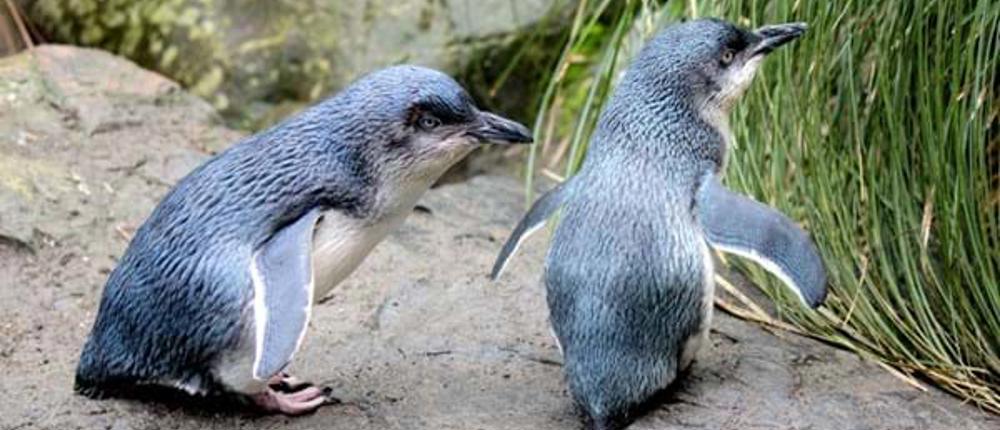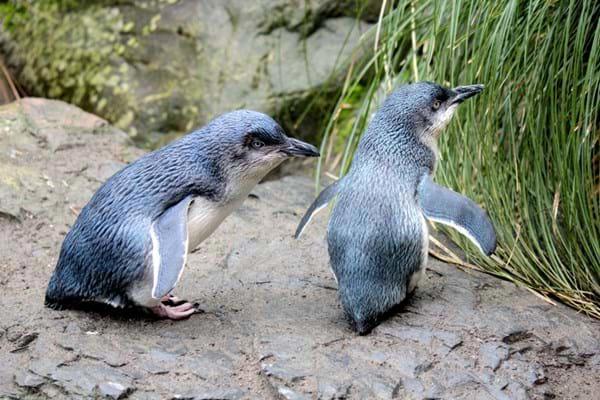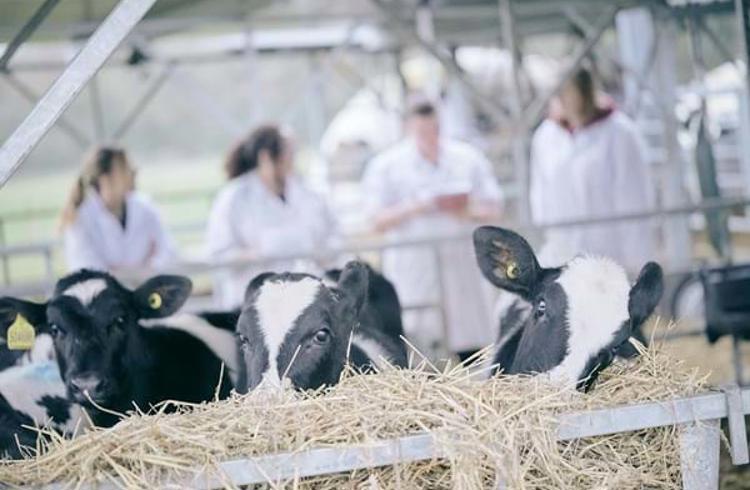Research carried out at a zoo in New Zealand, supported by a Hartpury University academic, has explored the impact of visitors on zoo-housed little penguins (Eudyptula minor) and the effectiveness of close-proximity viewing areas.
The research, published in the New Zealand Journal of Zoology, experimentally examined the impact of visitors on the behaviour and stress physiology of little penguins at Wellington Zoo, New Zealand. The penguins were studied while the exhibit was open to visitors as well as when closed to visitors, noting the percentage of penguins observed close to the visitor viewing pier under both conditions.
The paper was authored by Dr Samantha Chiew during her PhD from the University of Melbourne’s Faculty of Veterinary and Agricultural Sciences, supported by academic supervisors including Vicky Melfi - Professor in Human-Animal Interactions and Animal & Agricultural Research Centre Lead at Hartpury University.
The study found that the percentage of penguins in the visitor viewing area increased from 1% to 9% when the exhibit was closed. This result suggests close visitor contact, particularly from above, may be fear-provoking for these penguins. However, researchers found little effect on other behaviours and faecal glucocorticoid metabolite concentrations.
The paper concludes that designing enclosures to allow close viewing proximity of visitors, such as visitors looming over the pool, may not be helpful in improving visitor experience; since in this example the species of penguin seemed likely to avoid such visitor areas and therefore provide no viewing benefit.
Vicky Melfi said: “This study highlights the importance of considering the impact of humans on zoo-housed animal behaviour and enclosure use. Both zoo visitors and animals benefit when conditions promote natural zoo animal behaviour and limit stress. Zoos play a vital role in saving species from extinction not least by enabling visitors to see and learn about so many different animals when they visit. To showcase zoo animals at their best we must understand how they perceive and react to visitors, and specifically consider human-animal interactions in the design and location of viewing areas.”
Hartpury University plays an active role in research into human-animal interactions in zoos, shaping best practice and pioneering innovation.
Hartpury’s BSc (Hons) Human-Animal Interaction degree is the first of its kind in the UK, benefiting from a 70-species Animal Collection, commercial farm and equine centre, and opportunities to work alongside academics actively carrying out industry research. The BSc (Hons) Animal Behaviour and Welfareprogramme delves deeper into the biology behind behaviour, considering ethical issues for domestic, exotic and wild species. The BSc (Hons) Zoology programme offers a broad look at the theory and practical application of zoology, assessing how human activity affects animal populations.
Nearly £1 million is being invested in both animal and equine facilities, to further enhance the student learning experience.
Two new animal postgraduate degrees have been added for 2022; MRes Animal Science and MSc Applied Animal Behaviour and Welfare, further underlining the institutions commitment to research and innovation.
Hartpury has ranked in the top 15% of all UK universities for Teaching Quality and top 25% for Student Experience in The Times and Sunday Times Good University Guide. Hartpury University was ranked number one in the UK for student satisfaction by full-time postgraduate students in the Postgraduate Taught Experience Survey 2021.








